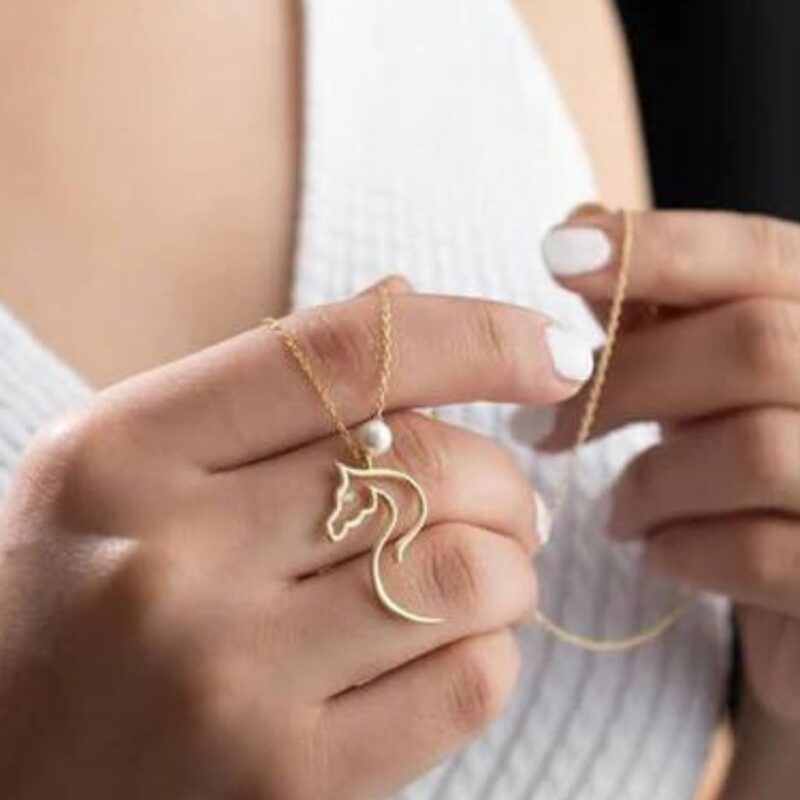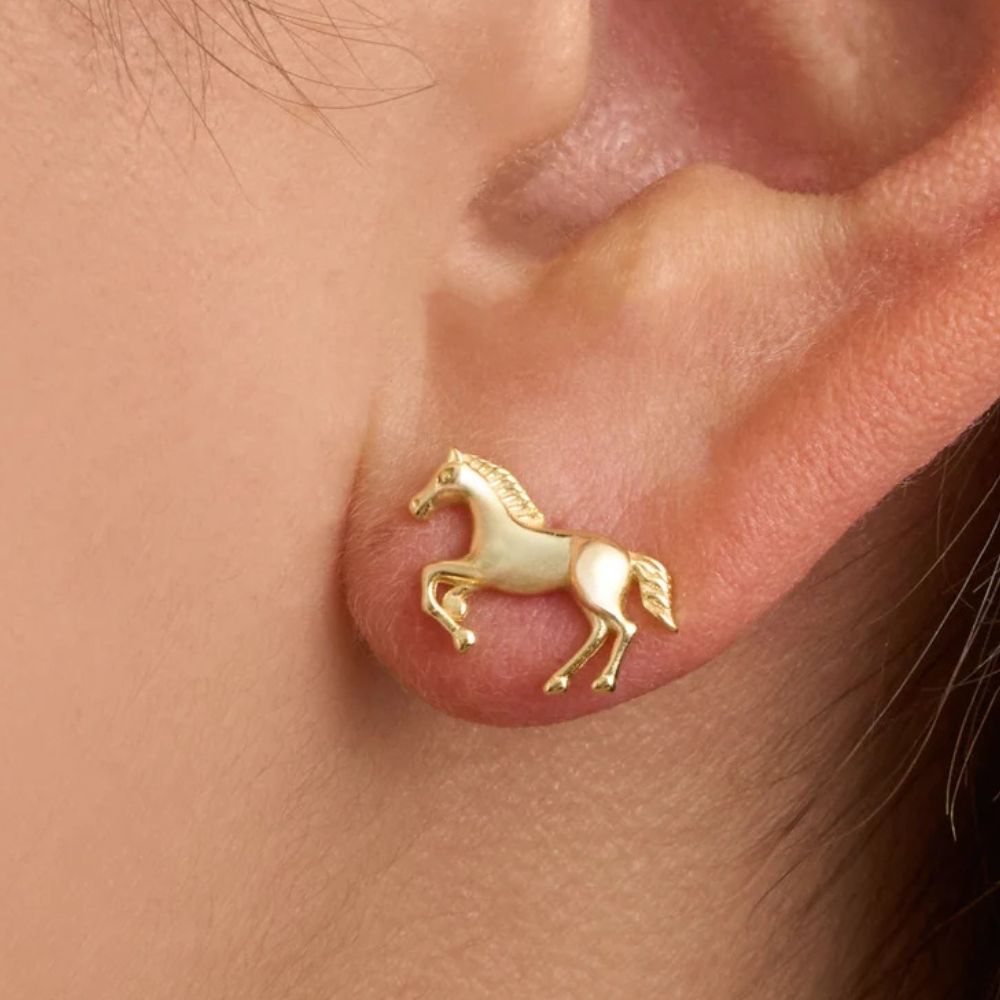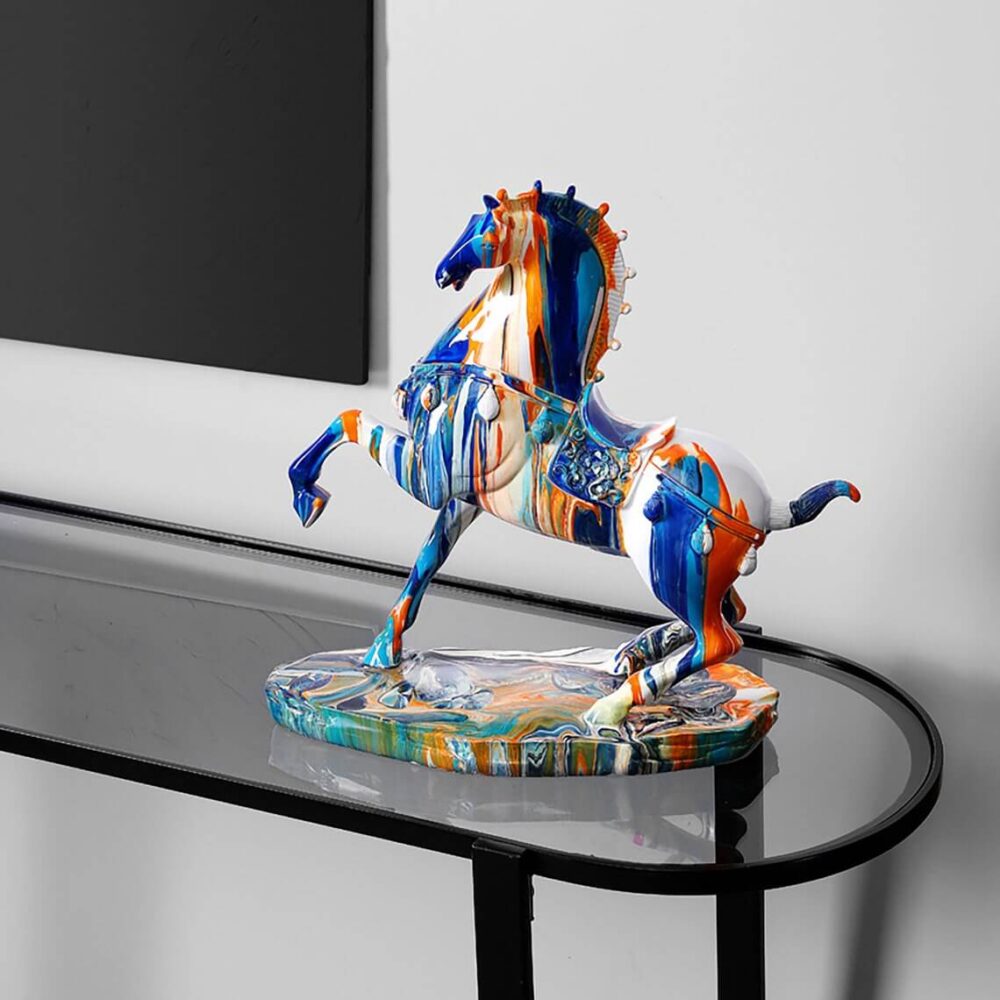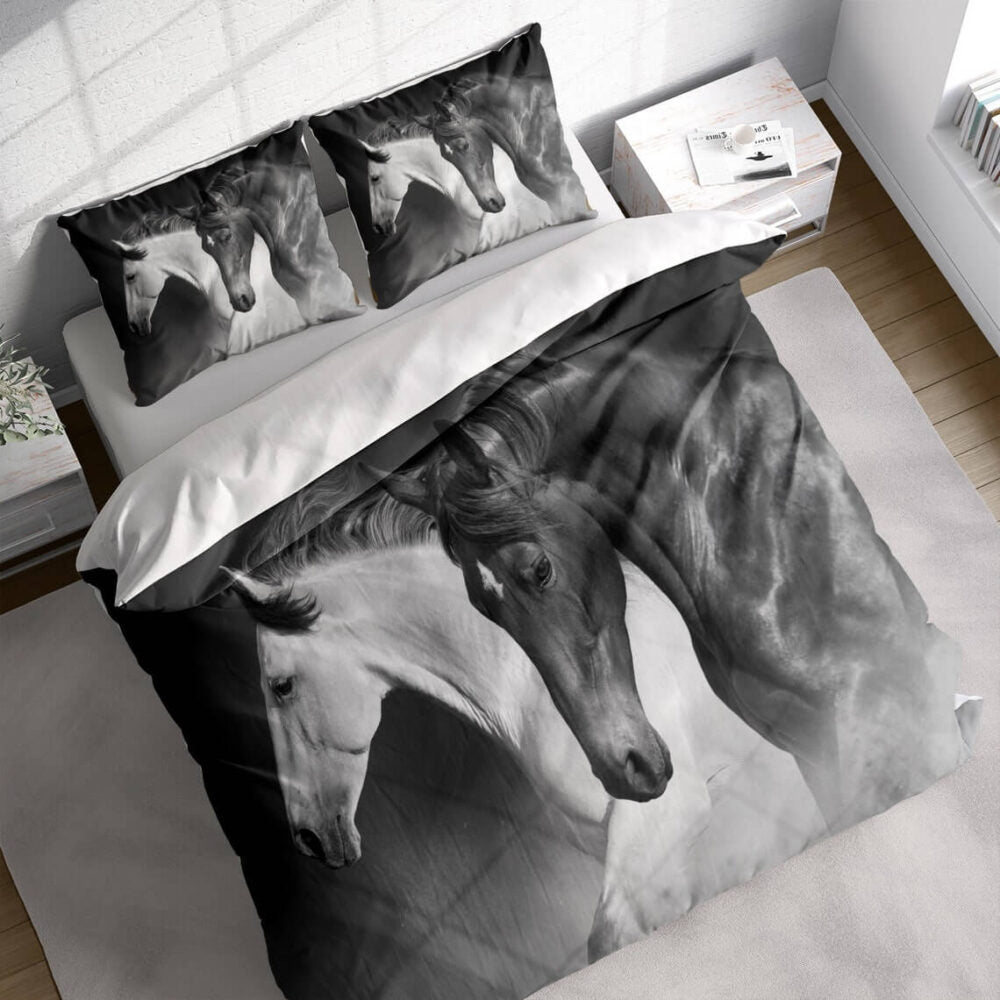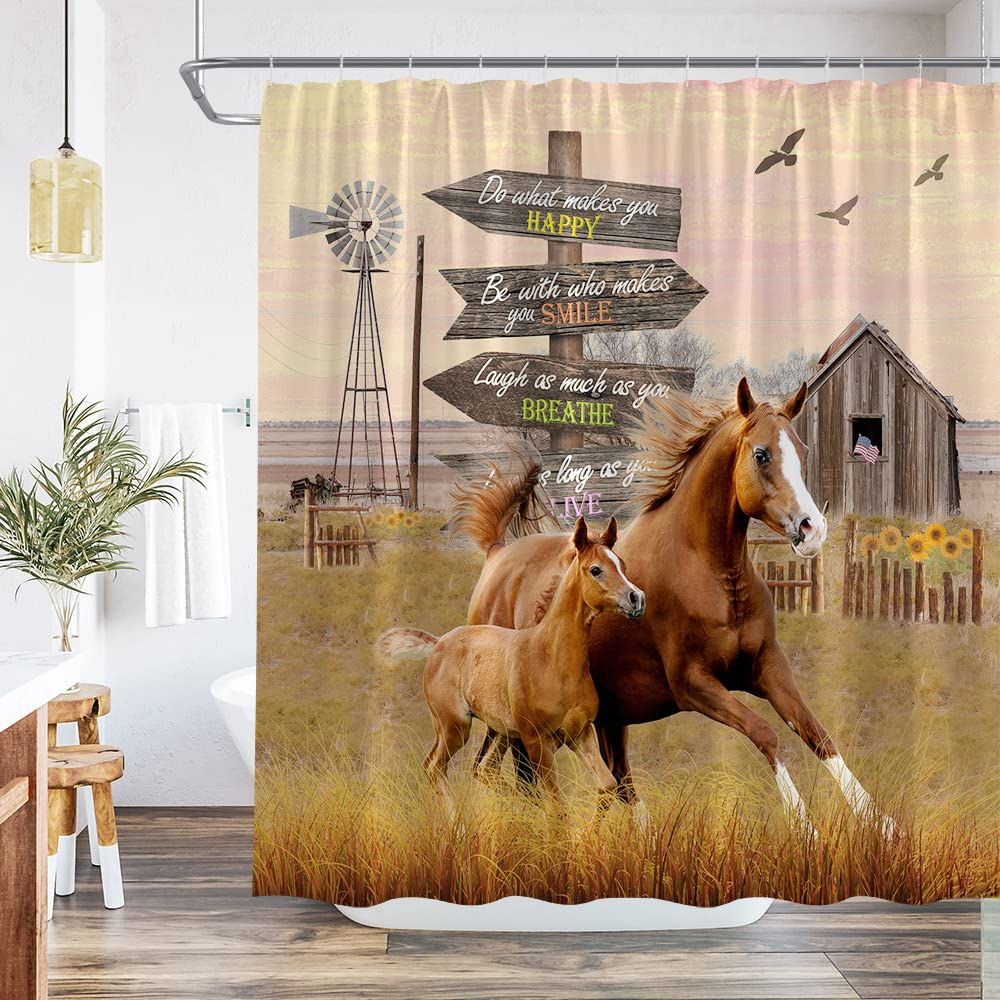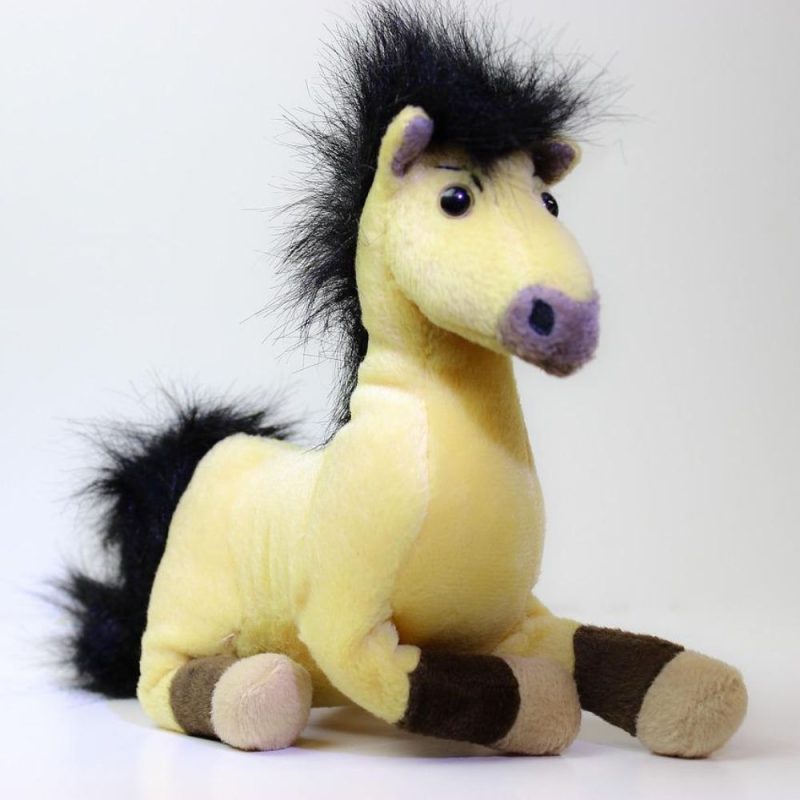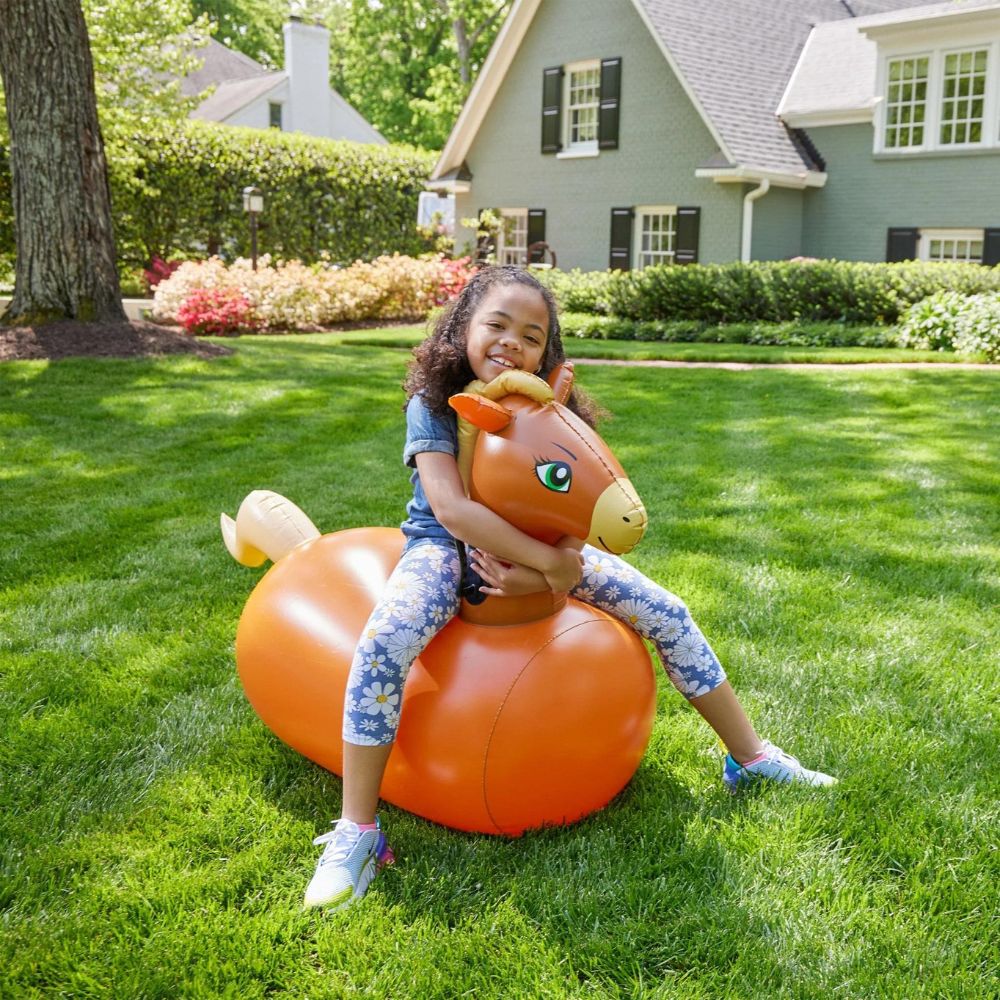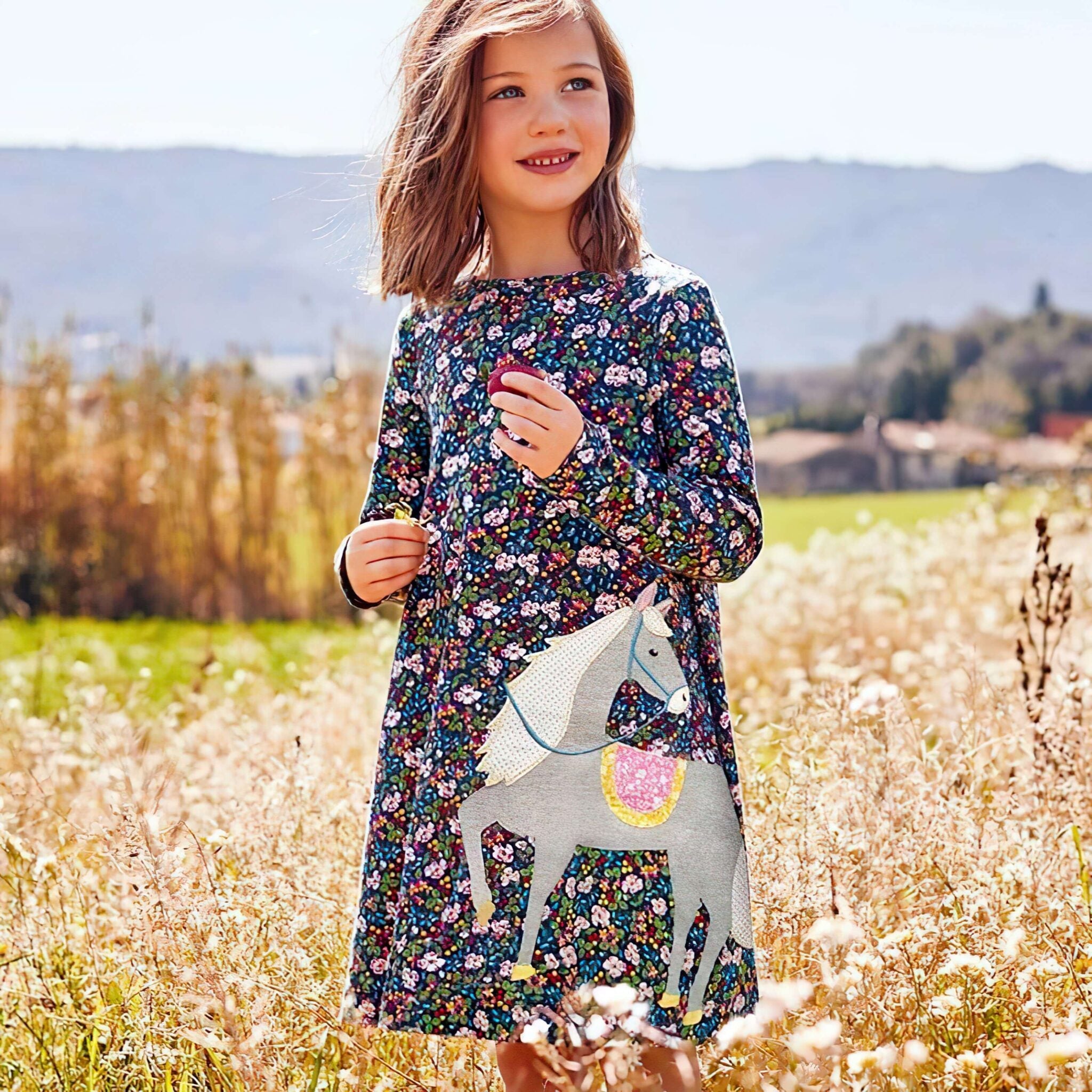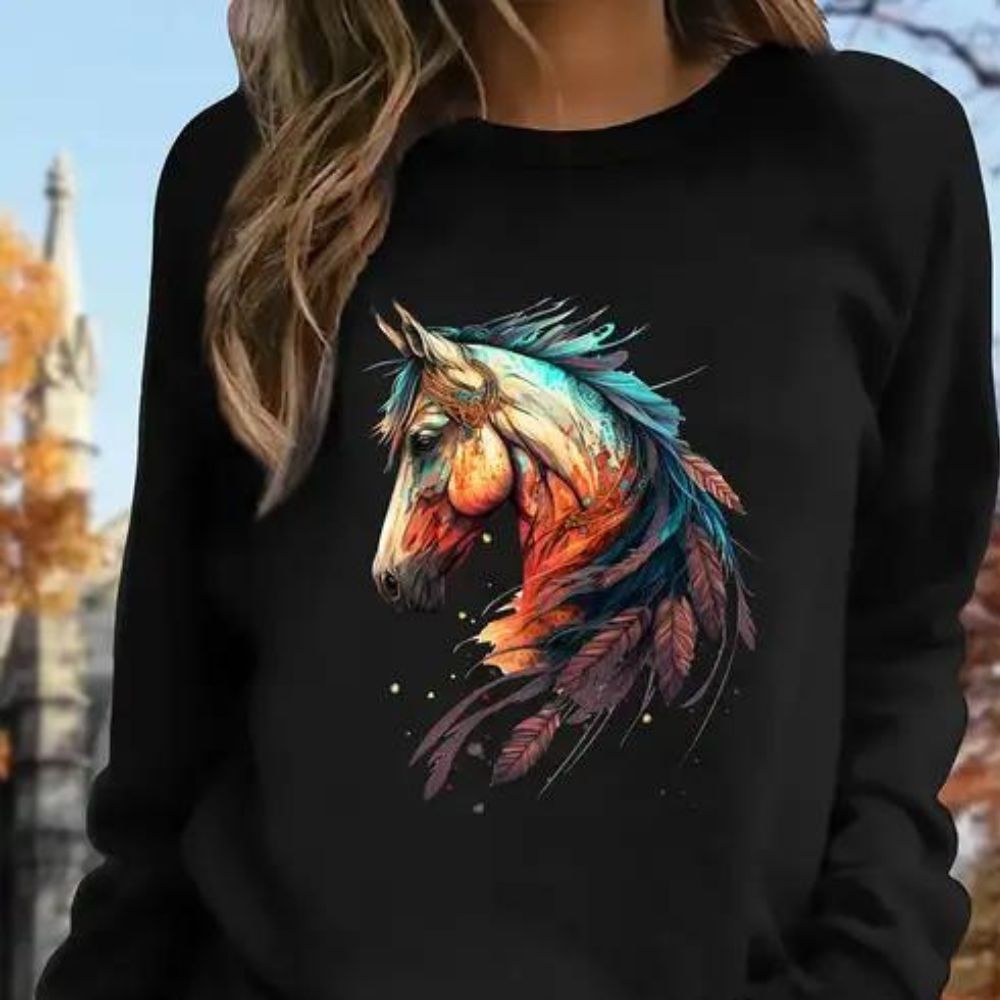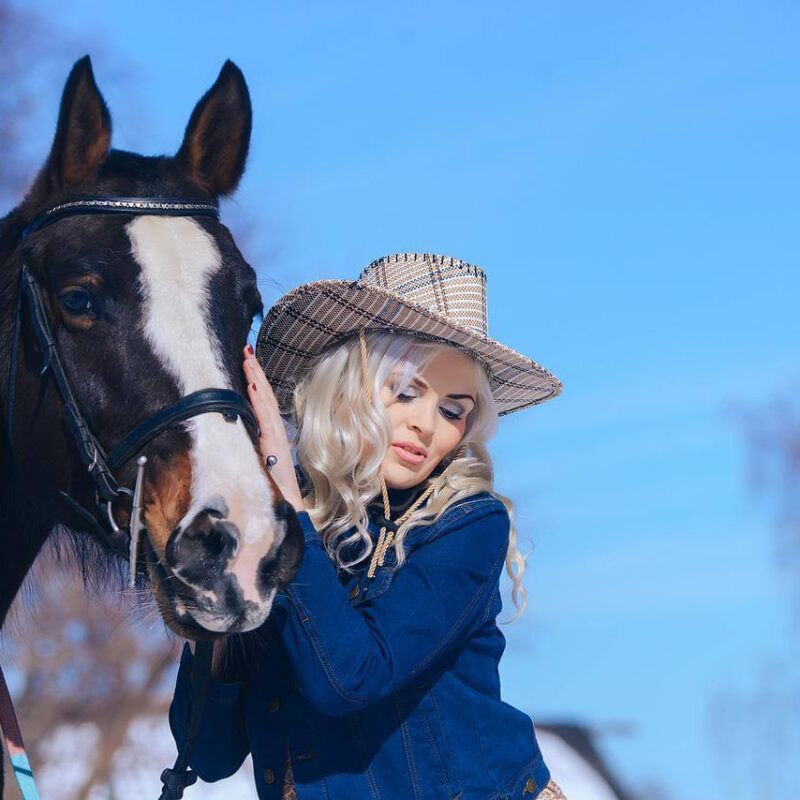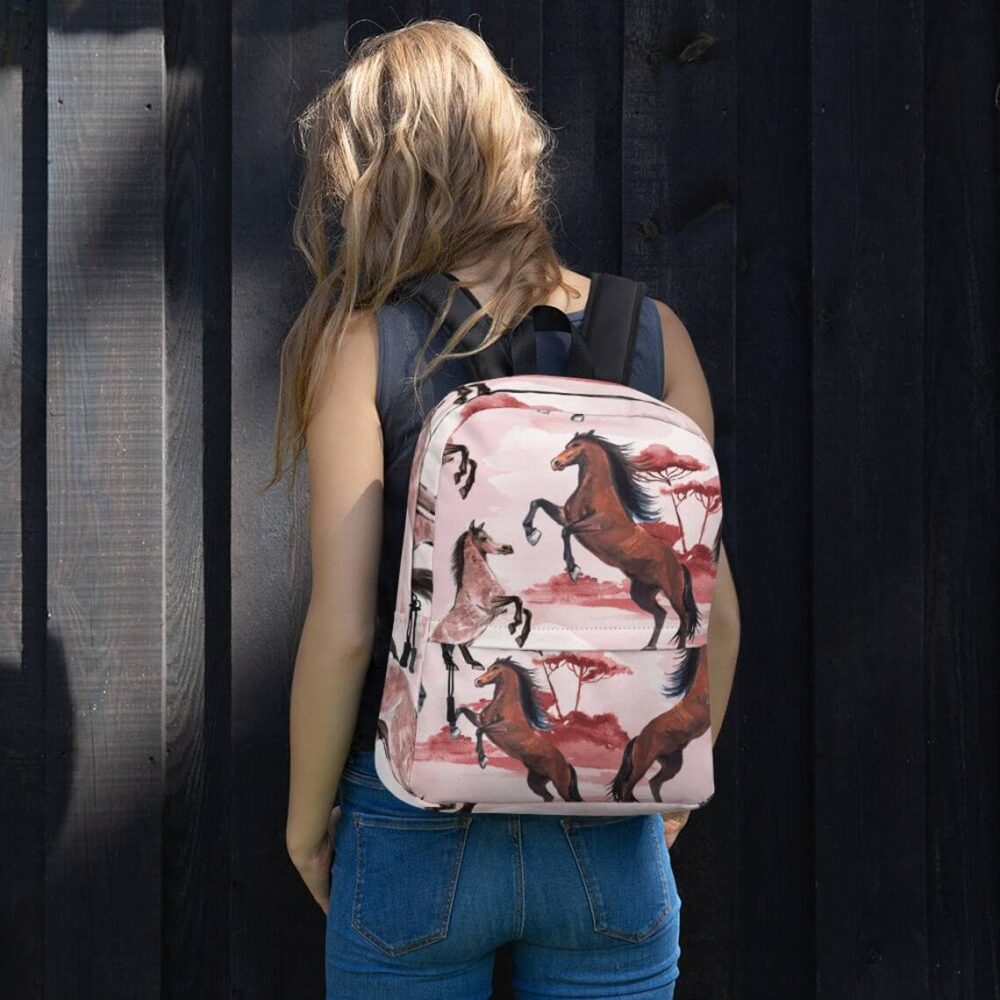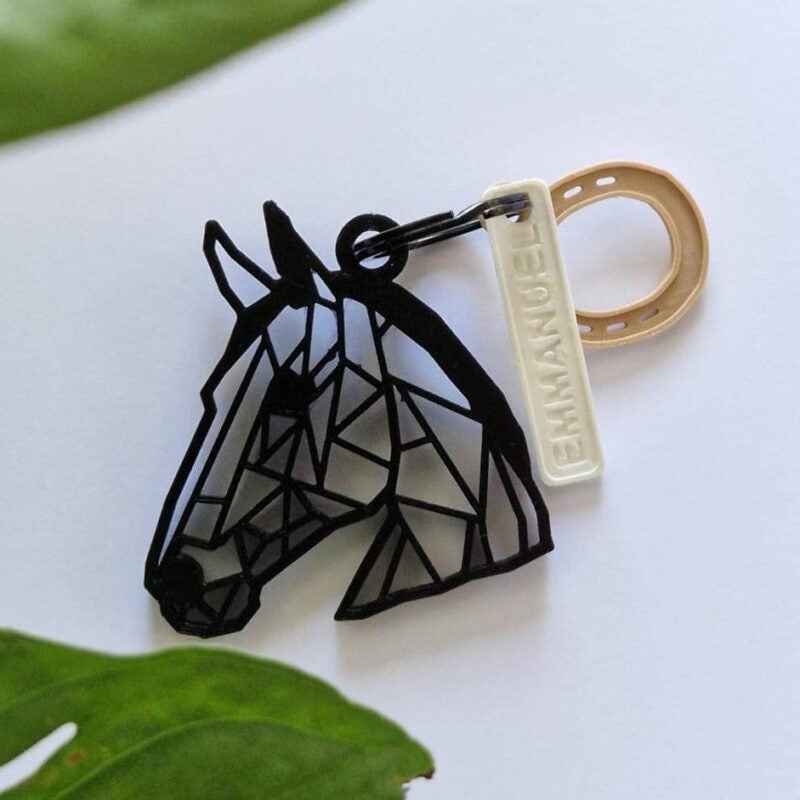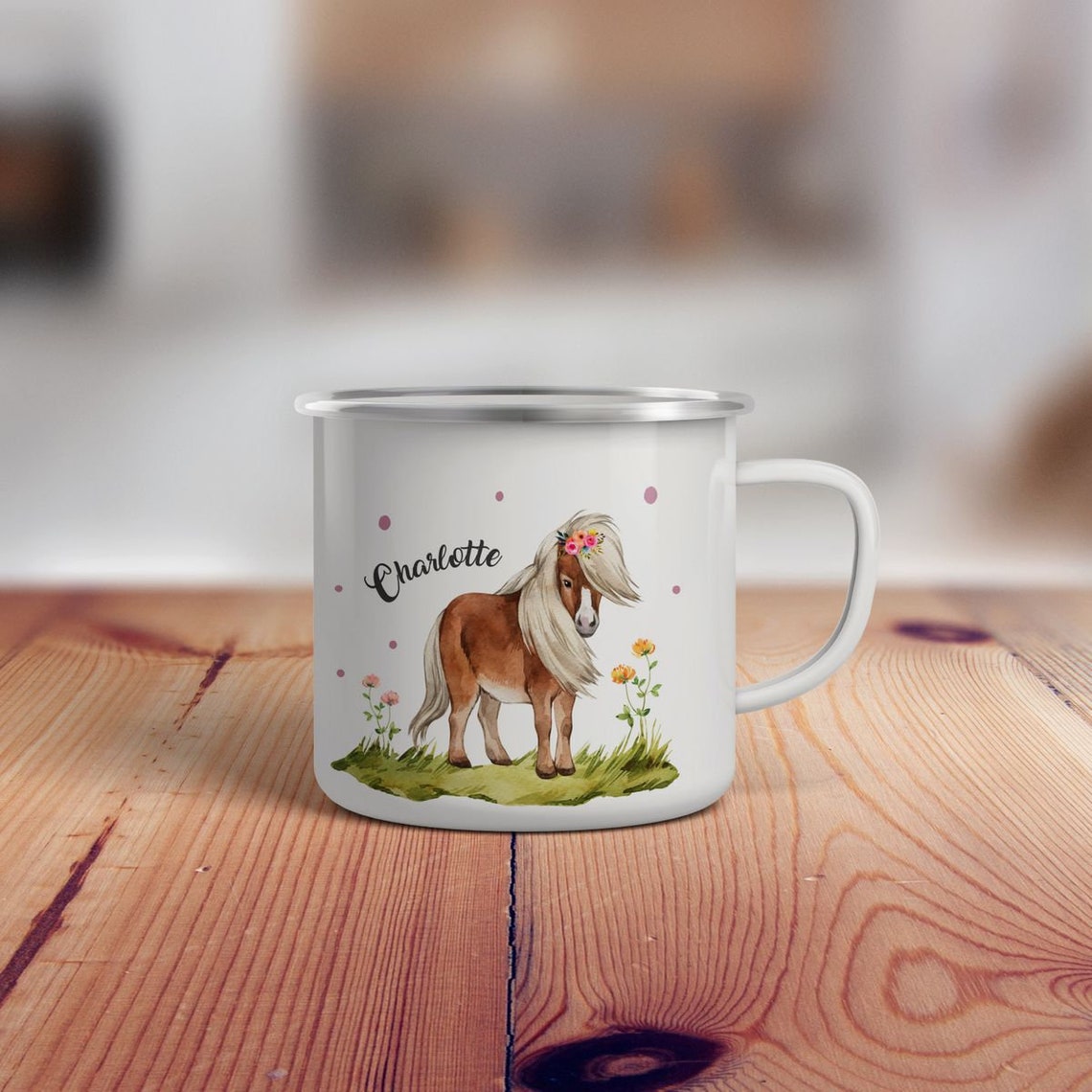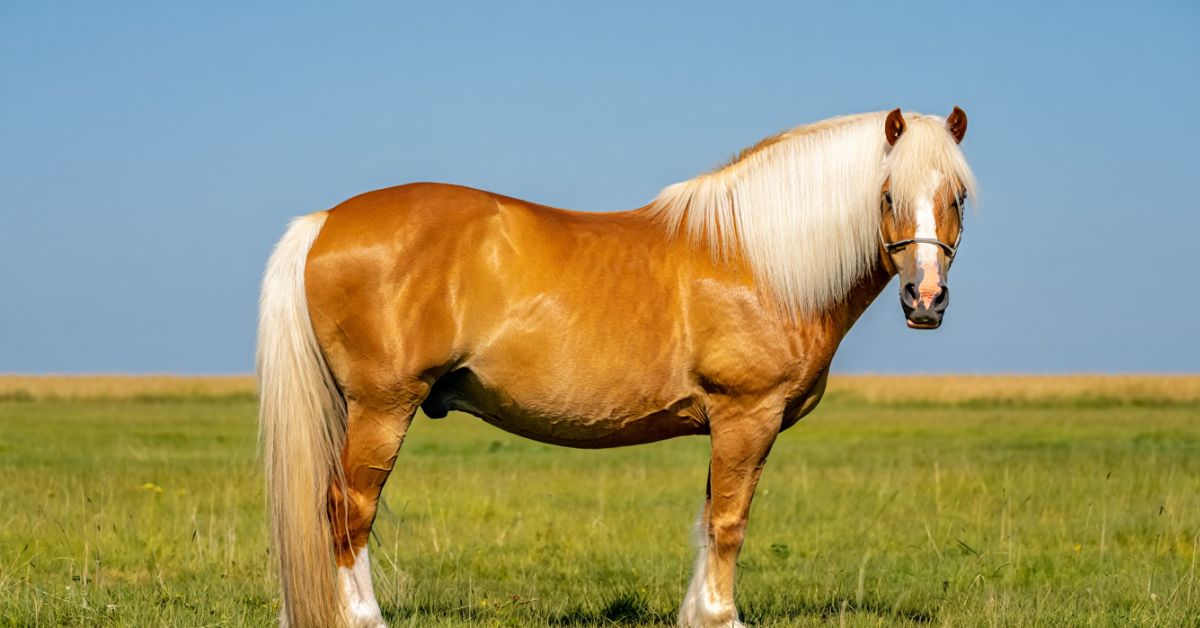
What is a Palomino Horse? The Complete Guide to Golden Beauties
A palomino horse represents one of nature's most stunning equine color variations, captivating horse enthusiasts worldwide with their magnificent golden horse appearance. These breathtaking animals aren't actually a breed but rather a distinctive palomino coat color that can appear across multiple horse breeds. The hallmark of a true palomino is their shimmering gold body paired with a cream-colored or white flaxen mane and tail, creating an almost mythical appearance that has inspired countless legends and stories.
Palomino genetics involve complex interactions between base coat colors and dilution genes, making each golden beauty unique in shade and intensity. From light palomino to dark palomino variations, these horses have graced everything from Hollywood screens to championship arenas. Understanding what defines a palomino horse opens up a fascinating world of horse coat color genetics, breed variations, and the rich history behind these golden treasures that continue to steal hearts in the equestrian community.
The Science Behind Palomino Coat Color
The mesmerizing palomino coat color results from fascinating horse coat color genetics that involve specific gene combinations working together like a perfect recipe. At its core, a palomino horse carries a chestnut horse or sorrel horse base coat that gets beautifully modified by what scientists call the cremello gene or dilution gene.
This single dilution acts like nature's own golden filter, transforming the red pigments in a chestnut base into that coveted golden hue we associate with palomino horses. The genetics work through a dominant gene system where the dilution factor lightens the base color while leaving the flaxen mane and tail in their characteristic cream or white shades.
Understanding Base Coat Colors
Horse color inheritance follows predictable patterns, though the results can vary dramatically. A palomino specifically requires:
-
A chestnut or sorrel base coat (containing red pigments)
-
One copy of the cream dilution gene
-
The absence of other modifying factors
When breeders understand these palomino genetics, they can better predict outcomes. However, it's worth noting that two palomino parents don't guarantee palomino foals - genetics can produce various combinations including cremello horses (which carry two dilution genes) or even return to the original chestnut base.
The defining a palomino process involves more than just genetics though. Palomino registration requirements set by organizations like the Palomino Horse Breeders of America (PHBA) specify exact color standards that distinguish between acceptable variations and horses that fall outside the palomino spectrum.
Palomino Color Variations and Standards
Not all golden horses are created equal, and the palomino world showcases remarkable diversity within its golden spectrum. The ideal palomino color resembles a newly minted gold coin, but nature provides us with several stunning variations that each bring their own unique beauty to the equestrian world.
Light Palomino Variations
Light palomino horses display the palest acceptable shade, often resembling champagne or pale gold. These horses sometimes show dapples on palomino coats, creating stunning circular patterns that shift and shimmer in sunlight. The contrast between their pale golden bodies and bright white flaxen mane and tail creates an almost ethereal appearance that's particularly striking in motion.
Dark Palomino and Chocolate Variations
On the opposite end of the spectrum, dark palomino horses sport richer, deeper golden tones that can border on bronze. Some specimens even display what enthusiasts call chocolate palomino coloring - a deep, rich gold with warm brown undertones that creates incredible depth and richness.
Distinguishing Similar Colors
Understanding palomino vs. cremello differences helps identify true palominos. Cremello horses carry two dilution genes instead of one, resulting in an almost white appearance with blue eyes, while palomino horses typically maintain palomino eye color in dark brown or black. Similarly, palomino vs. buckskin comparisons show that buckskins have bay bases rather than chestnut, creating different undertones and often darker leg markings.
Horse markings can appear on palominos just like any other color, including white socks, blazes, or stars that add individual character to each golden horse. These markings don't disqualify a horse from palomino status as long as the base color meets standards.
During my years working with equestrian enthusiasts, I've noticed that palomino horses consistently capture attention at shows and events. Their golden coats seem to glow under arena lights, making them natural performers whether they're carrying riders or simply moving freely in pastures.
➤ Also Read: What is an Ergot on a Horse: Complete Guide to Understanding These Natural Growth Features
Horse Breeds That Commonly Display Palomino Coloring
While palomino represents a color rather than answering "is a palomino a breed?" - the answer being definitively no - certain horse breeds with palomino coloring appear more frequently than others. These breeds have genetic predispositions that make the palomino coat color more likely to appear in their offspring.
American Quarter Horse Palominos
The American Quarter Horse stands as perhaps the most common breed displaying palomino coloring. These versatile horses combine the breed's renowned athleticism with the stunning visual appeal of golden coats. American Quarter Horse palominos excel in western disciplines, ranch work, and pleasure riding, making them favorites among riders seeking both beauty and performance.
Quarter Horse breeding programs often specifically target palomino production because the color enjoys such popularity in western shows and competitions. The breed's genetic diversity allows for various shades from light palomino to dark palomino, giving buyers numerous options to find their perfect golden horse.
Morgan Horse Golden Beauties
Morgan horse palominos represent elegance personified, combining the breed's naturally arched necks and animated gaits with spectacular golden coloring. These horses often display particularly striking flaxen mane and tail combinations that flow beautifully during movement.
The Morgan horse breed's compact build and proud carriage make palomino specimens especially eye-catching in driving competitions and saddle seat events. Their intelligence and trainability, combined with palomino beauty, create horses that excel both in competition and as beloved family companions.
Tennessee Walking Horse Palominos
Tennessee Walking Horse palominos showcase the breed's signature smooth gaits enhanced by golden coloring that seems to flow like liquid sunlight. These horses often display the full spectrum of palomino variations, from pale champagne to rich golden tones.
The breed's gentle palomino temperament combined with their comfortable gaits makes them excellent choices for trail riding and pleasure activities. Tennessee Walking Horse palominos often become family favorites due to their calm dispositions and stunning appearance.
During breeding season, which typically peaks in spring months around March through June, many breeders specifically plan matings to increase chances of palomino foals. However, horse color inheritance doesn't guarantee results - even the most carefully planned breedings can produce surprising color outcomes.
As legendary horseman Pat Parelli once said, "A horse is the projection of peoples' dreams about themselves - strong, powerful, beautiful" - and palomino horses certainly embody these dreams with their golden magnificence.
Registering and Identifying True Palominos
The Palomino Horse Breeders of America (PHBA) serves as the primary authority for establishing what constitutes a legitimate palomino horse versus horses that might appear golden but don't meet official standards. Palomino registration requirements involve strict color guidelines that help maintain breed integrity and prevent confusion with similar colorings.
PHBA Registration Standards
Palomino registration requirements specify that acceptable horses must display:
-
Body color ranging from light cream to dark gold
-
Flaxen mane and tail that are white, silver, or ivory (never darker than the body)
-
Palomino eye color typically dark (blue eyes usually indicate cremello rather than palomino)
-
No more than 15% dark or chestnut hairs in mane and tail
Historical Significance and Famous Palominos
Palomino history stretches back centuries, with golden horses appearing in artwork and literature across many cultures. However, the most famous palomino in American history was undoubtedly Trigger the horse, Roy Rogers' beloved companion who appeared in numerous films and television shows during the 1940s and 1950s.
Famous palomino horses have graced everything from Hollywood sets to Olympic competitions. The golden horse symbolism often represents nobility, wealth, and divine favor in various cultures, explaining why palomino horses have maintained their prestigious status throughout history.
Modern Breeding Programs
Today's breeders use advanced understanding of palomino genetics to improve their success rates. By studying dominant genes, recessive genes, and horse color inheritance patterns, they can make more informed breeding decisions. However, the complexity of single dilution genetics means surprises still occur regularly.
Recent studies from the University of California at Davis (published in 2023) show that approximately 25% of planned palomino breedings produce palomino foals when both parents carry appropriate genes. This relatively low percentage explains why quality palomino horses often command premium prices in the marketplace.
Professional horse evaluator Dr. Sarah Mitchell notes, "True palominos represent a perfect storm of genetics - the right base color, the correct dilution, and the absence of interfering factors. It's nature's art at its finest."
Frequently Asked Questions About Palomino Horses
What exactly defines a palomino horse?
A palomino horse is defined by its golden horse body color combined with a white, cream, or silver flaxen mane and tail. The palomino coat color results from palomino genetics involving a chestnut base modified by a single dilution from the cremello gene.
Is a palomino a breed or just a color?
Defining a palomino involves understanding that it's strictly a color designation, not a breed. The question "is a palomino a breed?" has a definitive answer: no. Palomino horses can appear in multiple breeds including American Quarter Horse, Morgan horse, and Tennessee Walking Horse varieties.
How do you tell the difference between palomino and similar colors?
Understanding horse colors requires recognizing key differences. Palomino vs. cremello comparisons show that cremellos have two dilution genes creating near-white coats with blue eyes, while palomino horses have palomino eye color that's typically dark. Palomino vs. buckskin distinctions involve base colors - buckskins start with bay bases rather than chestnut horse foundations.
What colors can palomino horses produce when bred?
Horse color inheritance from palomino parents can produce various outcomes. Two palomino horses can produce palomino foals, chestnut horse offspring, or cremello babies depending on which genes each parent contributes. The palomino genetics involve dominant genes and recessive genes working in complex combinations.
Do palomino horses have different temperaments?
Palomino temperament doesn't differ from other horses of the same breed - coat color doesn't influence personality. A palomino American Quarter Horse will display typical Quarter Horse traits, while a Tennessee Walking Horse palomino maintains that breed's characteristic gentle nature.
What are the different shades of palomino?
Palomino variations include light palomino (pale gold), ideal palomino color (rich gold coin shade), dark palomino (deep golden bronze), and chocolate palomino (gold with brown undertones). Some horses also display dapples on palomino coats creating stunning circular patterns.
The world of palomino horses continues fascinating equine enthusiasts with their golden beauty, complex genetics, and rich history. Whether you're drawn to their golden horse symbolism or simply captivated by their stunning appearance, palomino horses represent some of nature's most magnificent creations in the equestrian world. From understanding horse coat color genetics to appreciating the various horse breeds with palomino coloring, these golden beauties offer endless opportunities for learning, admiration, and pure enjoyment.








